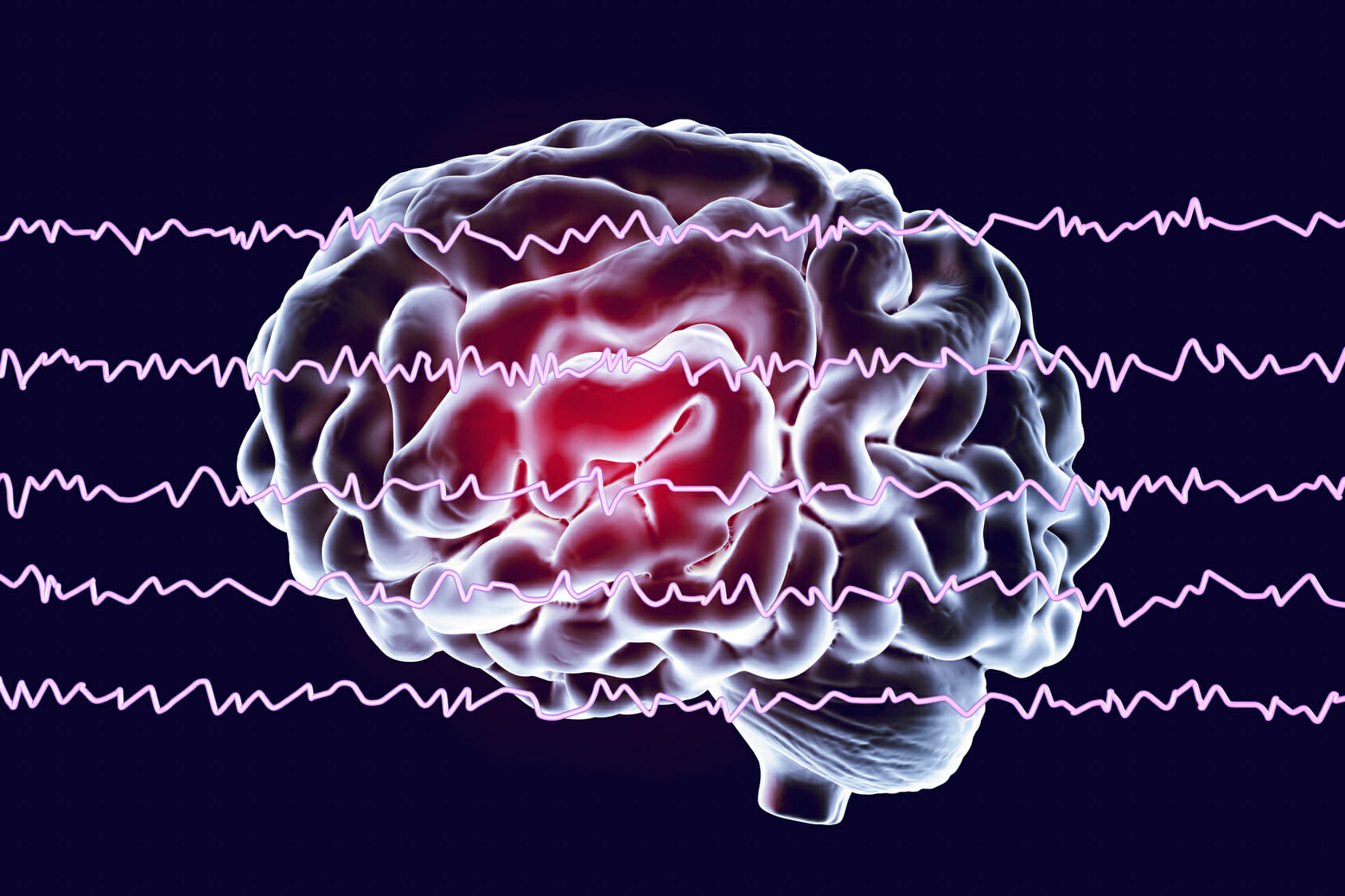Unveiling the Connection Among qEEG and Slumber Apnea Patterns for Enhanced Diagnosis and Therapy
Unveiling the Connection Among qEEG and Slumber Apnea Patterns for Enhanced Diagnosis and Therapy
Blog Article
Sleep apnea is a prevalent slumber condition that affects many people around the world. It occurs when a person's respiration is disrupted during slumber, resulting to poor sleep quality and various medical concerns. One of the ways scientists and doctors are working to improve comprehend and identify sleep apnea is through a technique called quantitative electroencephalography, or qEEG. This method assesses the electronic function of the brain and can provide important understandings into how sleep apnea impacts cerebral activity and overall well-being.
qEEG entails placing small electrodes on the head to capture cerebral waves. These brain oscillations are then examined to identify trends that may indicate sleep conditions, including sleep apnea. By examining these trends, healthcare providers can obtain a clearer understanding of how sleep apnea disrupts normal cerebral function during slumber. This information can be crucial for developing efficient therapeutic plans tailored to individual clients. Comprehending the relationship between qEEG and sleep apnea can result to improved identification techniques and superior outcomes for those affected by this condition.
Research has demonstrated that people with sleep apnea often display specific changes in their brain wave trends. For example, during episodes of apnea, the brain may exhibit heightened function in specific areas while other areas become less engaged. These alterations can influence how well a individual slumbers and how refreshed they perceive upon waking. By using qEEG to monitor these brain wave trends, doctors can identify particular traits of sleep apnea in clients, which can assist in formulating a more precise identification. review This is especially important because sleep apnea can sometimes be mistaken for other sleep conditions, resulting to inappropriate treatments.
In addition to enhancing identification, qEEG can also serve a role in evaluating the efficacy of therapies for sleep apnea. For example, after a client starts employing a continuous positive airway pressure (CPAP) machine, which helps maintain the airway open during sleep, qEEG can be used to assess changes in brain function. If the brain shows improved patterns of sleep after starting treatment, it may indicate that the therapy is working effectively. This feedback can help doctors make necessary modifications to therapeutic strategies, guaranteeing that clients obtain the optimal treatment feasible.
In summary, the relationship between qEEG and sleep apnea trends is an exciting area of research that holds promise for enhancing diagnosis and treatment. By understanding how sleep apnea affects cerebral activity, medical professionals can develop more effective strategies to help patients attain improved slumber and enhance their general well-being. As research continues to evolve, it is likely that qEEG will become an integral instrument in the battle against sleep apnea, resulting to superior results for those who experience from this challenging condition.